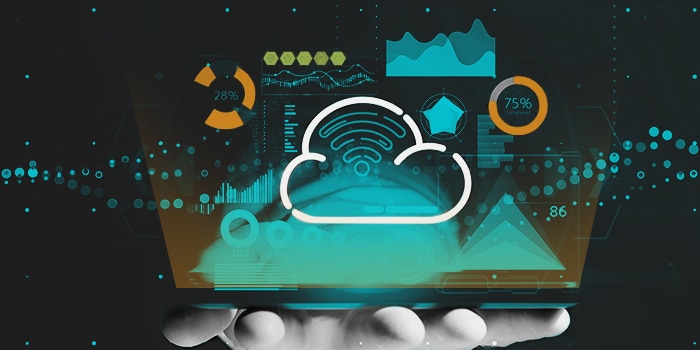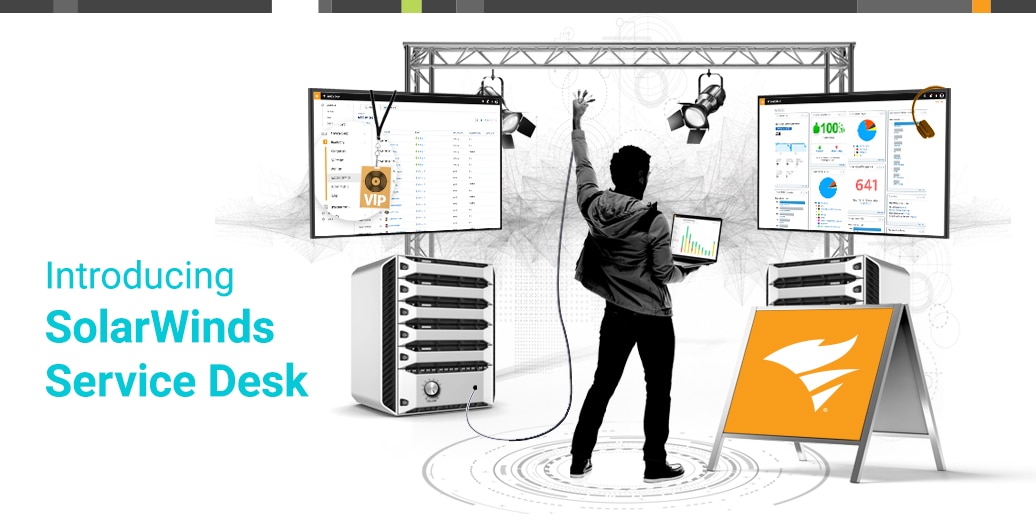ITSM and ITAM – Better Together
For many of us, even some who may have been in the IT game for a while, it can be challenging to navigate the wide variety of acronyms dotting the contemporary IT map. One basic distinction that can cause some of us a bit of trouble is the difference between
IT service management and
IT asset management – ITSM vs. ITAM.
Anyone who’s been in ITSM for long can tell you that truly efficient and effective ITAM can be easier to accomplish and have much more profound results across an organization when it is partnered with a solid ITSM strategy. In this post, we’ll cover the basics of ITAM and ITSM, compare and contrast the two, and provide some general guidelines on how a
unified ITSM and ITAM strategy can drive more effective service delivery.
What is ITSM
IT service management is a relatively all-encompassing term. It means everything involved in the design, creation, delivery, management, and support of all the services your IT team offers to your organization and to external stakeholders. Any piece of technology used by anyone in your organization for work purposes, the programs and applications utilized by your customers, and a variety of other services managed and delivered by your IT organization fall under the umbrella of ITSM.
ITSM is sometimes viewed as “just IT support,” and that may be true for some organizations, but that kind of thinking omits the total business value of the service management platform. The goal is a comprehensive strategy to manage technology and its impact on the entire organization. Good ITSM is dependent on consistent attention to detail, and thinking beyond the IT department, engaging with overall organizational goals while functioning as an integral part of the organization.
What is ITAM
ITAM (IT asset management) strives to unify inventory management, IT contractual management, and financial planning and forecasting under a single umbrella that supports lifecycle management and strategic decision-making across an organization. For the purposes of ITAM, assets are defined broadly as all elements of both hardware and software found anywhere in the organization or business environment.
ITAM efforts center around tracking all of the assets of an organization by amassing detailed information regarding their status, use, and potential longevity as useful resources of the organization. This data can prove very helpful when it comes to planning, strategy, and budgeting. ITAM is distinct from ITSM, but both work better and have far more reach and more deeply felt impact when they are paired together.
The Advantages of Managing Services and Assets Together
There is an abundance of advantages to managing services and assets in tandem. First of all, consolidating platforms produces efficiencies while reducing redundancies and generally makes for a more convenient workflow across IT. Secondly, sharing data between ITSM and ITAM allows for better analysis and more profound and useful insights. This helps with
change management efforts, in addition to the aforementioned forecasting and strategy benefits it breeds.
Additionally, the day-to-day flow of service requests that makes up a large part of the function of ITSM all involve IT assets on one level (or on multiple levels). Capturing data for ITAM purposes as a function of ITSM processes is natural, and enhances aspects of both functions. In other, simpler terms,
ITAM and ITSM are simply better together.
 hbspt.cta.load(41925, '238d3241-c988-45f5-9f22-86dbabe2ec92', {});
hbspt.cta.load(41925, '238d3241-c988-45f5-9f22-86dbabe2ec92', {});
 hbspt.cta.load(41925, '238d3241-c988-45f5-9f22-86dbabe2ec92', {});
hbspt.cta.load(41925, '238d3241-c988-45f5-9f22-86dbabe2ec92', {}); 







